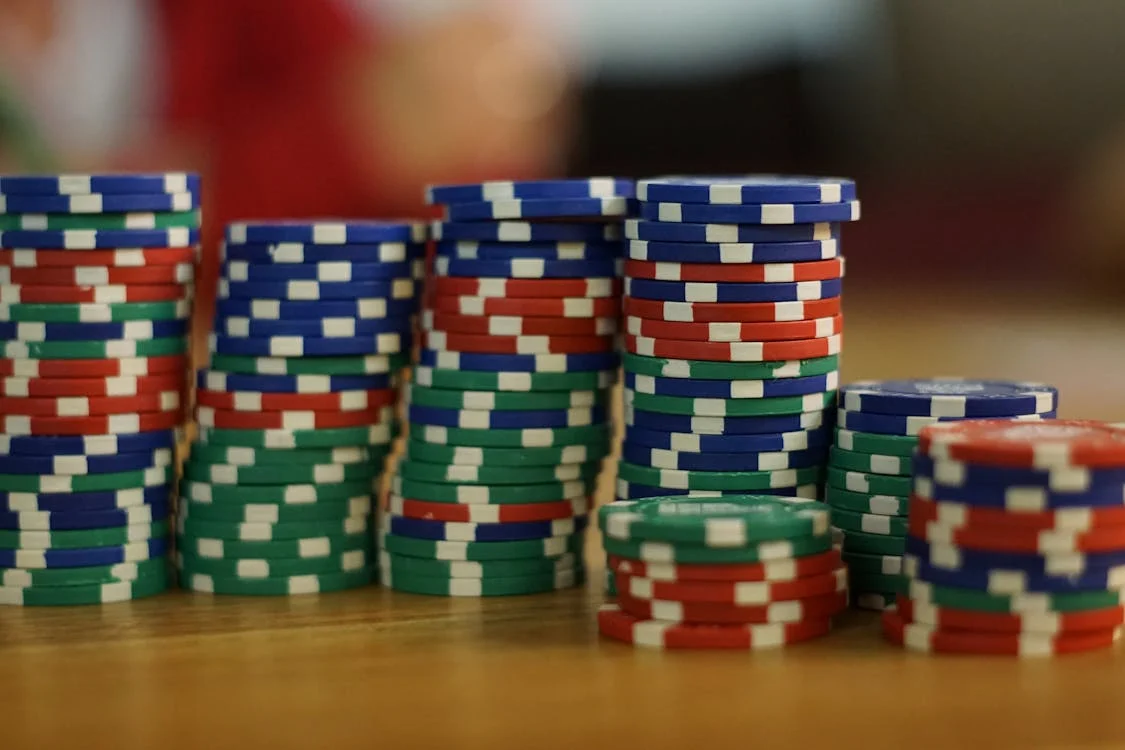
What to Know About the Coronavirus Pandemic
On March 11th, the COVID-19 coronavirus was declared a pandemic by the World Health Organization. As of this writing, there are 33 confirmed cases in Colorado, over 1200 in the United States, and nearly 130,000 cases worldwide. Make no mistake, pandemics can be frightening, and they strike at the heart of basic human fears surrounding health and financial security. I became intimately familiar with the last pandemic to reach the shores of the United States – the H1N1 swine flu of 2009. I had attended the wedding of a family member just outside of Winter Park, Colorado. Of the 250 wedding attendees – nearly 130 (including myself and even the groom) contracted the swine flu, and many out-of-staters were forced to extend their trips as they shivered and ached in hotel rooms for days. From April 12, 2009 through April 10, 2010, there were approximately 60.8 million cases of H1N1 in the United States, 274,304 hospitalizations, and 12,469 deaths.
In hindsight, I don’t recall nearly as much fear and uncertainty surrounding H1N1 as we are witnessing today with COVID-19. Fear and uncertainty are clearly affecting financial markets in recent days. When contemplating the path ahead during uncertain times, it is imperative to consider two simple questions: What do we know? What don’t we know?
This is the framework from which we will assess what we are experiencing as individuals, as investors, and as a community.
What Do We Know?
- Transmission and mortality rates – the early data: Early indications are that COVID-19 is slightly more transmissible than both the 2009 H1N1 pandemic and the seasonal flu. The chart below, courtesy of Morningstar, illustrates 3 scenarios for transmissibility and fatality for this COVID-19 (SARS-Cov-2) virus, including Bear (bad), Bull (good) and Base case scenarios. The WHO still reports that roughly 80% of COVID-19 patients exhibit mild symptoms.
- Social distancing measures are being implemented in the U.S. and in other countries: The level of transmissibility of COVID-19 is likely why we are seeing social distancing initiatives taking place across the United States. While some of the measures detailed below may seem alarming, they are being done in an effort to inhibit the spread of COVID-19 in communities across the country.
- Travel restrictions
- Remote working scenarios
- The NBA’s announced suspension of its season
- NCAA Tournament games taking place without fans in attendance
- Universities moving to online-only courses
- School closings in areas of community spread
- There may be insights and lessons learned from affected countries: We have a slight, albeit imperfect, window into what responses may be the most effective in prohibiting the spread of COVID-19. By analyzing, and hopefully learning from, the varying responses in countries such as South Korea, China and Italy, we may gain insight into how to effectively limit the spread of COVID-19 in the U.S. These countries may also provide insight into how long the coronavirus may be disruptive to the daily lives of U.S. citizens. After an aggressive response, the situation in China appears to be stabilizing, and more and more citizens are returning to work.
- Market volatility is more common than you may think: To quote Paul Harvey, “During times like these it’s important to remember that there have always been times like these.” Volatility is not fun, and can be largely attributed to the number of grey hairs sprouting on my head. Still, it’s important to remember that the S&P 500 has averaged an annual intra-year drop of -13.8% over the last 40 years, yet, annual returns have been positive in 30 of these 40 years. The chart below helps to illustrate this with the grey bars representing annual returns and the red dots representing the intra-year drop in the S&P 500.
- Market selloffs are growing more rapid: It has taken less than 2 weeks for the stock market to enter bear market territory. The chart below provides a historical illustration of the time it has taken for the S&P 500 to decline -10% from its peak, with the recent selloff being the fastest to-date. This type of activity may be exacerbated by algorithmic trading and options traders seeking to cover positions. Regardless, this type of rapid market response makes it difficult to assess what’s real and what’s illusionary while data is still either emerging or unknown. It is also important to understand that a market rebound can be just as sudden and just as fierce as a selloff, which leads to our next point.
- Financial markets are resilient and market timing is impossible: Financial markets are remarkably resilient, and it is a fool’s errand to try to time when to get in-and-out of the market. I’d wager that we all have a friend or family member who sold at the bottom of the dot com selloff, or after the 9/11 terrorist attacks, or the 2008 financial crisis, or any other volatile period over the past 20 years and either never re-invested or remained on the sidelines for far too long. These are the folks who may have missed out on a historic bull market (see Chart A below). These are life altering decisions. Remaining invested during times of market volatility, while certainly not easy, is the best way to ensure that you are participating in sudden market rebounds. Chart B below helps to illustrate both the importance of remaining invested and the difficulty of market timing.
Chart A
Chart B
- Decisions based solely on fear and uncertainty tend to have negative outcomes: This is a good time to reiterate the Warren Buffett mantra “be fearful when others are greedy, be greedy when others are fearful.” Over the next few days, Destiny Capital’s Strategists will likely be sending another communication about opportunities that may be capitalized upon during times of significant market volatility.
- Destiny Capital is a mobile organization: Over the past several years, Destiny Capital has implemented many technological innovations that allow our entire staff to securely and effectively work from nearly anywhere in the world. We are prepared for any contingencies, and can operate without disruption regardless of what social distancing measures are implemented either locally or nationwide.
- We all can help to make this situation better: Every single one of us can play a part in limiting the spread of COVID-19 in our communities. This may include simple mitigation steps such as hand washing and sanitation, or practicing social distancing measures as recommended by the CDC.
What Don’t We Know?
- The full size, scope and severity of the COVID-19 outbreak in the U.S. or internationally: We are in the early stages of the outbreak in the United States. At this time, we don’t know the size, scope or severity of the COVID-19 outbreak either in the United States or internationally. While we’ve been told that “it will get worse before it gets better”, we are hopeful that recent social distancing measures will slow the spread of COVID-19 in our communities, giving our health providers the resources they need to treat ill patients.
- The ultimate economic disruption: While we don’t know the ultimate economic impact of COVID-19, I think it’s important to highlight what we believe. We believe that there will be economic effects of the COVID-19 coronavirus, but that these effects do not represent systematic risks to the domestic or global economies. There will clearly be a disruption to global output and we believe it will be somewhat in-line with the Base Case scenario detailed in the chart below. With recent market activity, markets appear to be pricing-in a worst case Bear scenario below.
- The exact monetary and fiscal stimulus to take effect: We do believe that the Federal Reserve will act and use monetary policy to stimulate the economy, and this is likely to come in the form of an additional rate cut. We also believe that the current administration will take measures to enact fiscal stimulus, and this may take the form of tax cuts or even one-time checks issued to U.S. citizens as was done in 2009 when the Economic Stimulus Act sent out $13 Billion in stimulus checks.
I would like to close with a story I shared with the Destiny Capital team on Monday, highlighting some lessons learned over the years.
Many years ago, I was traveling back from a conference in Texas and was flying north towards Denver as a huge storm system moved from west to east across the United States. During that 2 ½ hour flight, the plane experienced 2 hours of the worst turbulence I’ve ever encountered. I sat in an aisle seat at the very back of the plane, and recall watching the front of the cabin as it rose, fell, thumped and swirled in opposition directions from where I sat in the back of the plane. People screamed, many cried, and I’d wager that my finger imprints can still be found on the armrest of seat 37D of that particular aircraft.
I’ve since been on dozens of flights and have experienced turbulence many times. However, every time a plane starts to rumble and lurch, I think “if the plane stayed airborne during that Houston to Denver flight, it’s not going down now.”
I’ve thought of this exact story every single time the markets have experienced volatility since the financial crisis of 2008. If the ‘great recession’ – caused by systemic risks to the financial markets – didn’t collapse the system, then chances are very high that the markets will recover from any short-term volatility. Two hours of severe turbulence was excruciating to live through, but it taught me a valuable lesson about resiliency – and aerodynamics – that has benefitted me since.
Please know that we are here for you, and we are all in this together. We will continue to communicate as this situation rapidly evolves, and we are only a phone call or email away if you need us.
Have any questions? We’re here to help!
{{cta(‘b98204c7-0e0e-4d3b-895d-e54ef00e4f97’)}}










